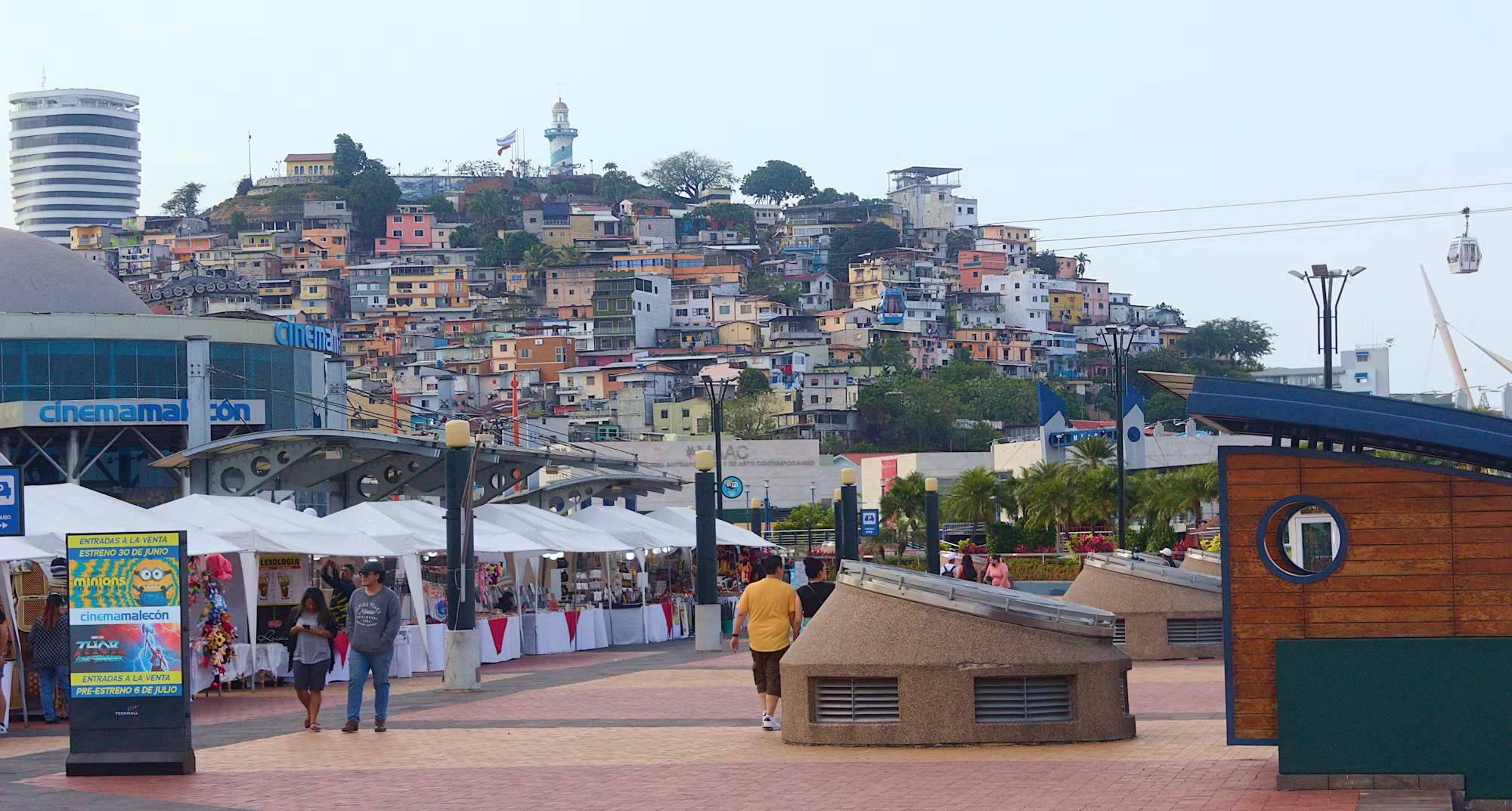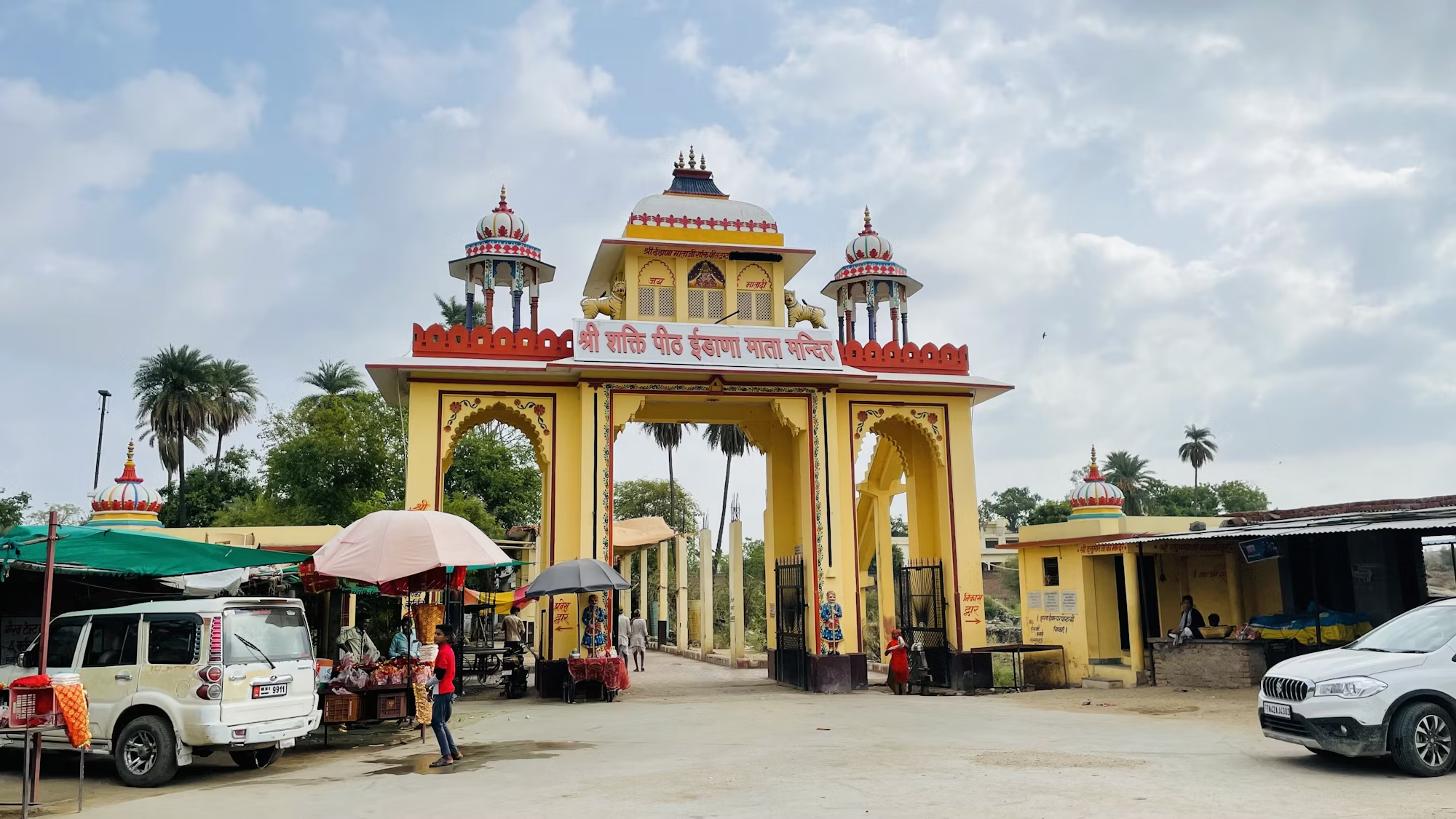Editing is a vital aspect of filmmaking that transforms raw footage into a coherent and compelling narrative. Often referred to as the “invisible art,” editing is responsible for shaping the pacing, rhythm, and emotional tone of a film. By seamlessly piecing together various shots and scenes, editors create a visual story that resonates with audiences, enhancing the overall cinematic experience. In this article, we will explore the impact of cinematic editing, examining its techniques, functions, and significance in the storytelling process.
At its core, editing is about making choices. An editor must decide which shots to include, how to sequence them, and what transitions to use to guide the viewer’s experience. The decisions made during editing can dramatically alter the tone and impact of a film. For instance, a fast-paced montage can create excitement and energy, while a slower, more deliberate pace can evoke contemplation and reflection. The rhythm established through editing not only influences how a story unfolds but also shapes how viewers emotionally engage with the material.
One of the most fundamental techniques in editing is continuity editing, which aims to create a seamless flow between shots to maintain spatial and temporal coherence. By using techniques such as match cuts, eyeline matches, and shot/reverse shot sequences, editors help the audience stay grounded in the narrative. This technique allows viewers to immerse themselves in the story without being distracted by abrupt changes or disorienting cuts. For example, in a conversation scene, the use of shot/reverse shot helps to establish a clear connection between characters, making their interactions feel natural and engaging.
Conversely, editors may employ discontinuity editing to create a jarring or disorienting effect, enhancing the emotional weight of a scene. This technique can be particularly effective in genres such as horror or psychological thrillers, where tension and suspense are paramount. For instance, rapid cuts between unsettling images can evoke feelings of anxiety and confusion, immersing the viewer in the character’s psychological state. By manipulating the editing style, filmmakers can craft a unique narrative experience that keeps audiences on the edge of their seats.
The use of montage is another powerful editing technique that condenses time and conveys complex ideas efficiently. Originating in early cinema, montage sequences juxtapose various shots to create meaning beyond what is depicted on screen. A classic example is the training montage in sports films, where a series of brief clips illustrates a character’s growth and determination. Through careful selection and arrangement of footage, editors can convey a character’s journey in a fraction of the time, enhancing the emotional impact of the story.
In addition to narrative structure, editing also plays a crucial role in shaping character development. The way scenes are cut can reveal a character’s motivations, emotions, and relationships with others. For example, an editor might choose to intercut scenes of a character’s struggles with moments of triumph, creating a dynamic arc that resonates with viewers. This technique allows audiences to connect with characters on a deeper level, as they witness their evolution throughout the film.
Furthermore, the pacing established through editing can influence the audience’s perception of time within the narrative. Editors can manipulate the duration of shots to create a sense of urgency or leisure, impacting how viewers experience key moments in the story. In action films, quick cuts and rapid sequences heighten the thrill, making viewers feel the adrenaline alongside the characters. Conversely, in dramatic or romantic films, longer takes can create moments of intimacy and reflection, inviting audiences to savor the emotional depth of a scene.
The relationship between editing and sound design is also significant in crafting a film’s overall impact. Sound and visuals work in tandem to create a cohesive experience, enhancing the emotional resonance of scenes. For instance, a sudden silence followed by a jarring sound effect can amplify tension, while a gentle musical score can evoke nostalgia. Editors often collaborate closely with sound designers to ensure that audio elements complement the visuals, creating a harmonious interplay that draws viewers into the story.
As technology continues to evolve, the editing process has also undergone significant changes. The transition from traditional film editing to digital editing has opened up new possibilities for filmmakers. Digital editing software allows for greater flexibility, enabling editors to experiment with different techniques and styles. This has led to innovative approaches in editing that challenge conventional norms, such as nonlinear storytelling and the use of visual effects. Filmmakers can now manipulate time and space in ways that were once impossible, pushing the boundaries of storytelling.
The future of editing will undoubtedly be shaped by advancements in technology, including artificial intelligence and machine learning. These tools have the potential to streamline the editing process, assisting editors in making informed decisions about pacing and structure. However, the human touch remains essential in crafting compelling narratives. The art of editing is not merely a technical skill; it requires a deep understanding of storytelling, emotion, and audience engagement.
In conclusion, the impact of cinematic editing on storytelling is profound. Through careful selection, sequencing, and manipulation of footage, editors shape the narrative flow, emotional tone, and overall viewer experience. Whether employing continuity techniques for seamless storytelling or discontinuity methods to evoke tension, the choices made in the editing room play a crucial role in the final product. As technology continues to evolve, the art of editing will undoubtedly adapt, offering new tools and techniques for filmmakers to explore. Ultimately, editing remains an integral part of the filmmaking process, crafting stories that resonate with audiences and leave a lasting impact.



